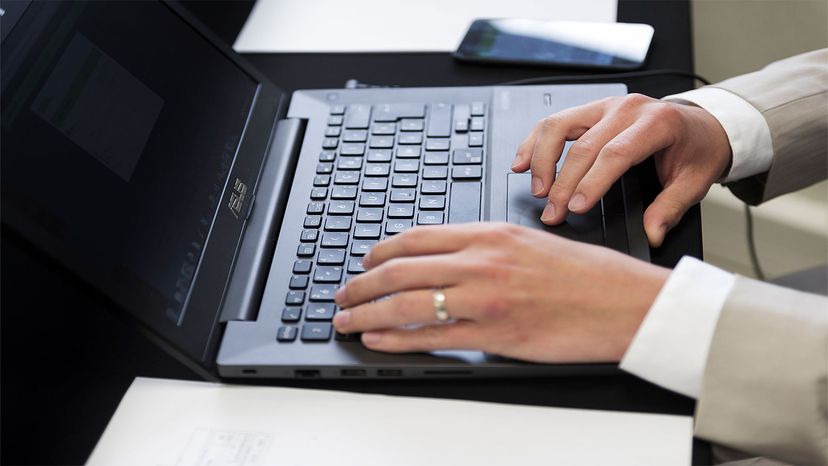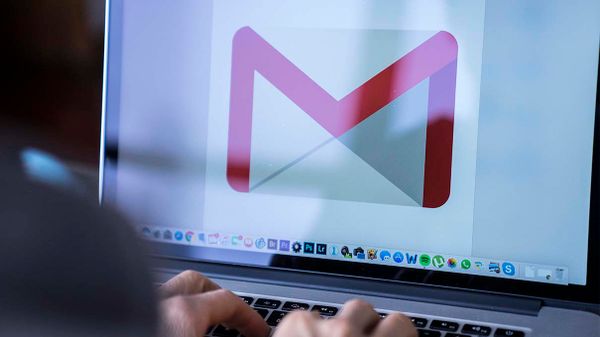One last thing before you hit send: When ending an e-mail, proper punctuation is essential to maintain professionalism. Always place a comma after the closing phrase, followed by your name on the next line. This small detail helps your e-mail appear polished and respectful.
You can also use an exclamation point in closings like "Thank you!" to convey enthusiasm and friendliness. This punctuation adds a touch of warmth and can make your message feel more personable and engaging. However, use it sparingly to maintain the right balance of professionalism.
In addition to proper punctuation, the way you close your e-mail can demonstrate your attention to detail and reflect your overall communication skills. It can influence how the recipient perceives your message and you as a professional. Neglecting this can make your e-mail appear rushed or careless, potentially impacting the effectiveness of your communication.
And remember, punctuation can make all the difference. After all, there's a big difference between "Let's finish this project" and "Let's finish this project!" One sounds like a task; the other sounds like a pep rally!
This article was updated in conjunction with AI technology, then fact-checked and edited by a HowStuffWorks editor.


